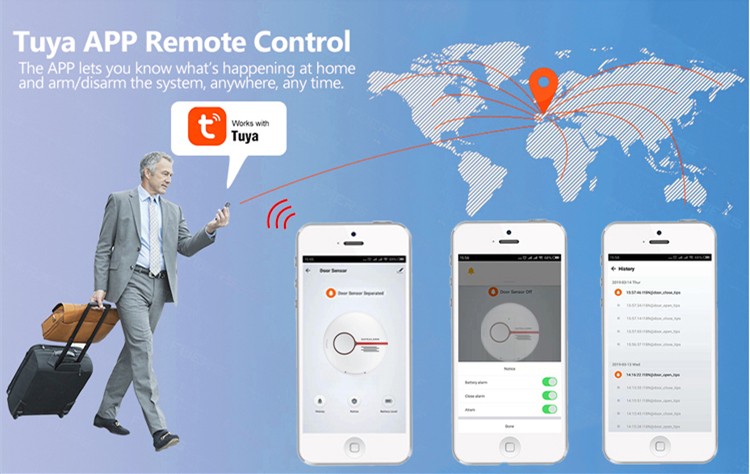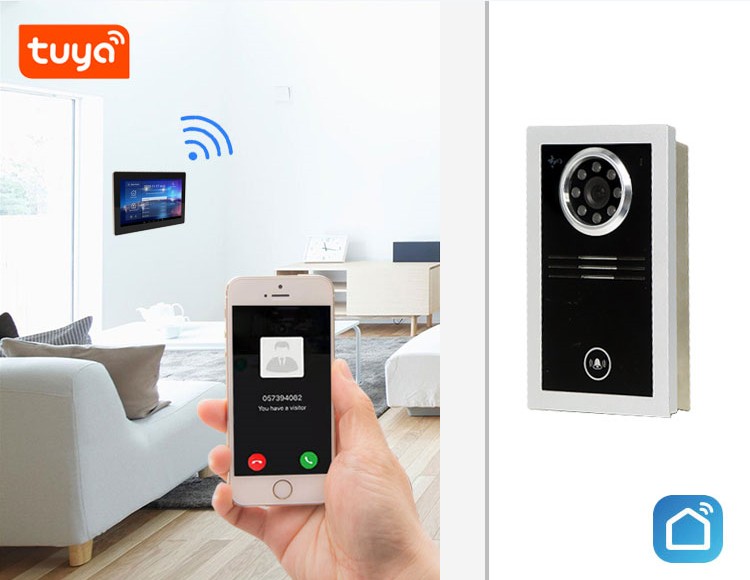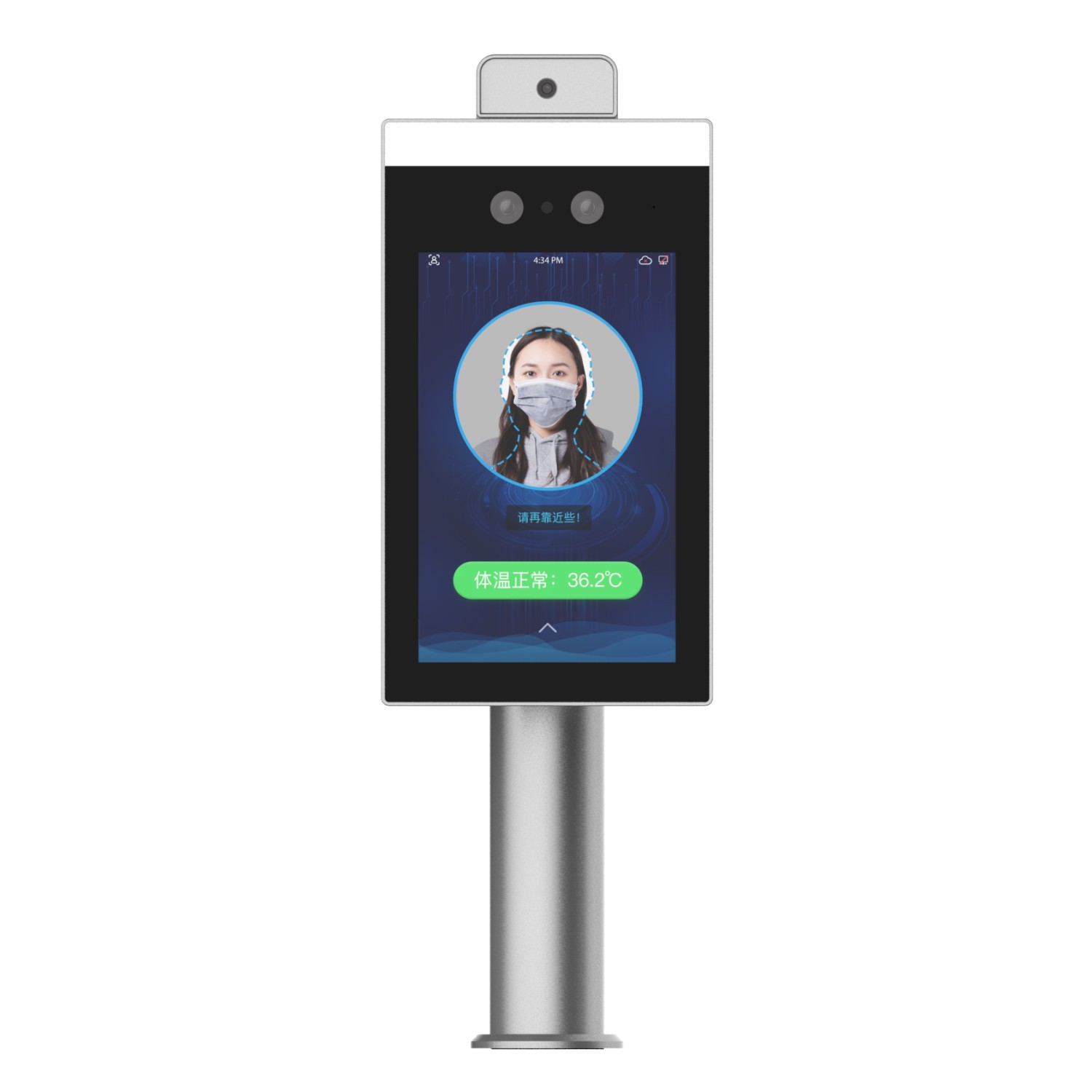6 key trends that define today’s intercoms
Intercoms are important devices that control access to buildings. Overtime, they have evolved into advanced devices that meet end users’ various needs. This note identifies some of the latest trends in intercoms.
Intercoms are an important part of a building’s security. They may be overlooked compared to video surveillance and access control, yet they are no less important. In fact, according to Grand View Research, the global video intercom devices market size was valued at US$17.82 billion in 2018 and is anticipated to expand at a compound annual growth rate of 12.8 percent from 2019 to 2025.
More and more, intercom solutions have evolved into more than just mere indoor and outdoor stations where the visitor initiates a call and the resident presses a button to let them in. Remote management and integration with other systems are now possible, thanks in large part to intercoms’ migration to IP. Below we identify some of the latest trends in intercoms.
Video-based
Video intercoms have become more prevalent compared to their audio counterparts. “Video-based intercoms are the future. With IP, you have features like HD, incredible audio quality and a huge range of integration options. HD video intercoms are already being widely used in both residential and commercial property,” said Tomas Vystavel, CPO of 2N.
Yet, that is not to say audio intercoms have become obsolete. In fact, there is still a significant segment of the market that uses audio intercoms. It all depends on the application for which the intercom is used. “Audio-based intercoms are high in demand in places where communication and announcements are critical. For example, in the educational space where classroom communication and general announcements are vital to a school functioning, or in hospitals where nurses and patients must be able to communicate,” said Brad Kamcheff, Marketing Manager of Aiphone.
Control from anywhere
Control from anywhere has become a major trend in intercom solutions. “Control from anywhere – enterprise solutions are getting popular where servers (control systems) are placed in locations with redundancy. Cloud based intercom systems will be the future,” said Arya Varma, MD of TKH Security & Airport Solutions Asia.
"Remote access and monitoring are without a doubt the biggest trends from the past few years, as it allows constant eyes on a facility. These abilities are especially in demand when it comes to federal or government buildings where entire divisions might be offsite, due to the pandemic,” Kamcheff said. “For example, if a visitor accesses the building and uses an intercom to call the office, it is immediately rerouted to the individual working remotely with no lapse in communication. This seamless connectivity directly improves the visitor, or customer experience. This also gives the appearance the building is more occupied than it seems, therefore also acting as a crime deterrent.”
Mobile applications
Closely related to control from anywhere is the use of mobile devices for control and management. “If you’re at work, for example, but you’re having food or packages delivered to your residence, you can remotely allow access to whomever needs it,” Kamcheff said. “Another benefit of mobile applications is they allow for easier turnover in multi-tenant or condo facilities. Facility management will only have to reset the software for the unit’s door station and remove, or give, access to those who require a change. There is no need to cancel key cards or worry about returns or copies.”
Integration with other security systems
Integration with other security systems such as video surveillance has also become more common. When integrated with video surveillance, for example, unauthorized or suspicious persons can be identified, and an alarm can be sent. “Already intercom integration with various access control and video management solution is a must for most of the projects. Integration with VMS for video analytics is already happening,” Varma said.
Wireless
Conventionally, IP intercoms are connected by Ethernet cables. This can be made wireless by Wi-Fi. Further, cellular technologies such as 4G and even 5G will also become more dominant. “More than wireless intercom, 4G- or 5G-based intercom communication will get popular when data transfer gets cheaper, locations are remote and connectivity by cable is challenge. This trend is not really visible now but will happened in future,” Varma said.
Disease control and prevention
Intercoms have also evolved to suit users’ pandemic needs. For example, they’ve become more contactless and can now play a role in occupancy management. These will be discussed in further detail in an upcoming article.
Verticals suited
Needless to say, intercoms are commonly seen in apartment and multi-tenant buildings. But they can benefit the commercial sector as well.
"Intercoms can be beneficial to nearly all commercial industries, including the educational, office and medical sectors,” Kamcheff said. “For example, a government building can utilize the remote monitoring capabilities of a video intercom to answer call requests from onsite visitors, while staff might be offsite. A hospital can deploy an intercom to improve patient/staff communication, and to eliminate excess room visits. For example, a nurse can use a video intercom to interact with a patient who might be sick with COVID-19 and answer questions they have without having to take unnecessary chances by entering a room. A school can use an intercom to communicate with students, guiding them through proper steps before entering a facility, such as a reminder to take a temperature or wear a face mask.”







 Home
Home
 U Life
U Life
 LinkedIn
LinkedIn
 Wechat
Wechat
 Facebook
Facebook
 YouTube
YouTube
 Download
Download
